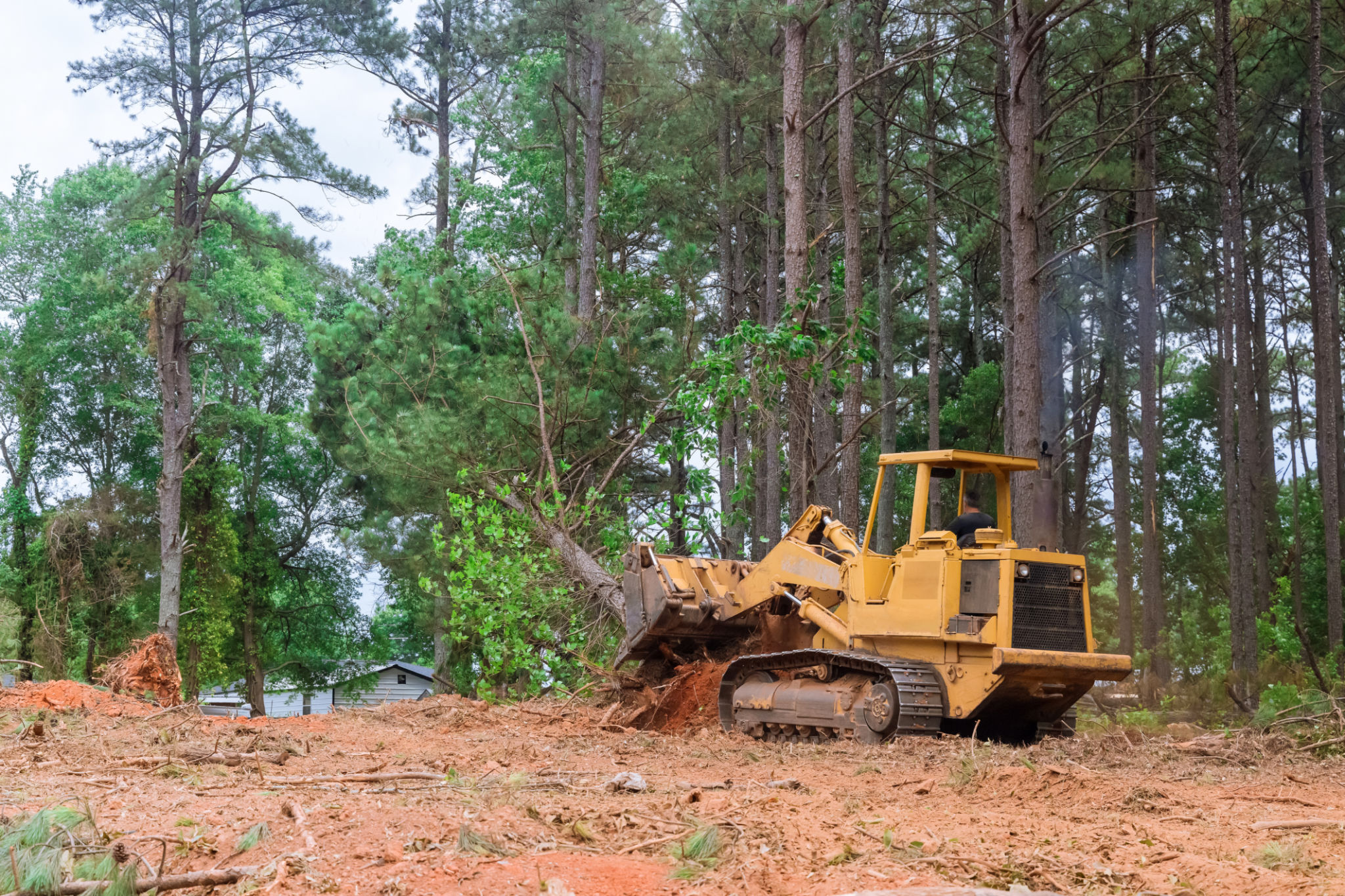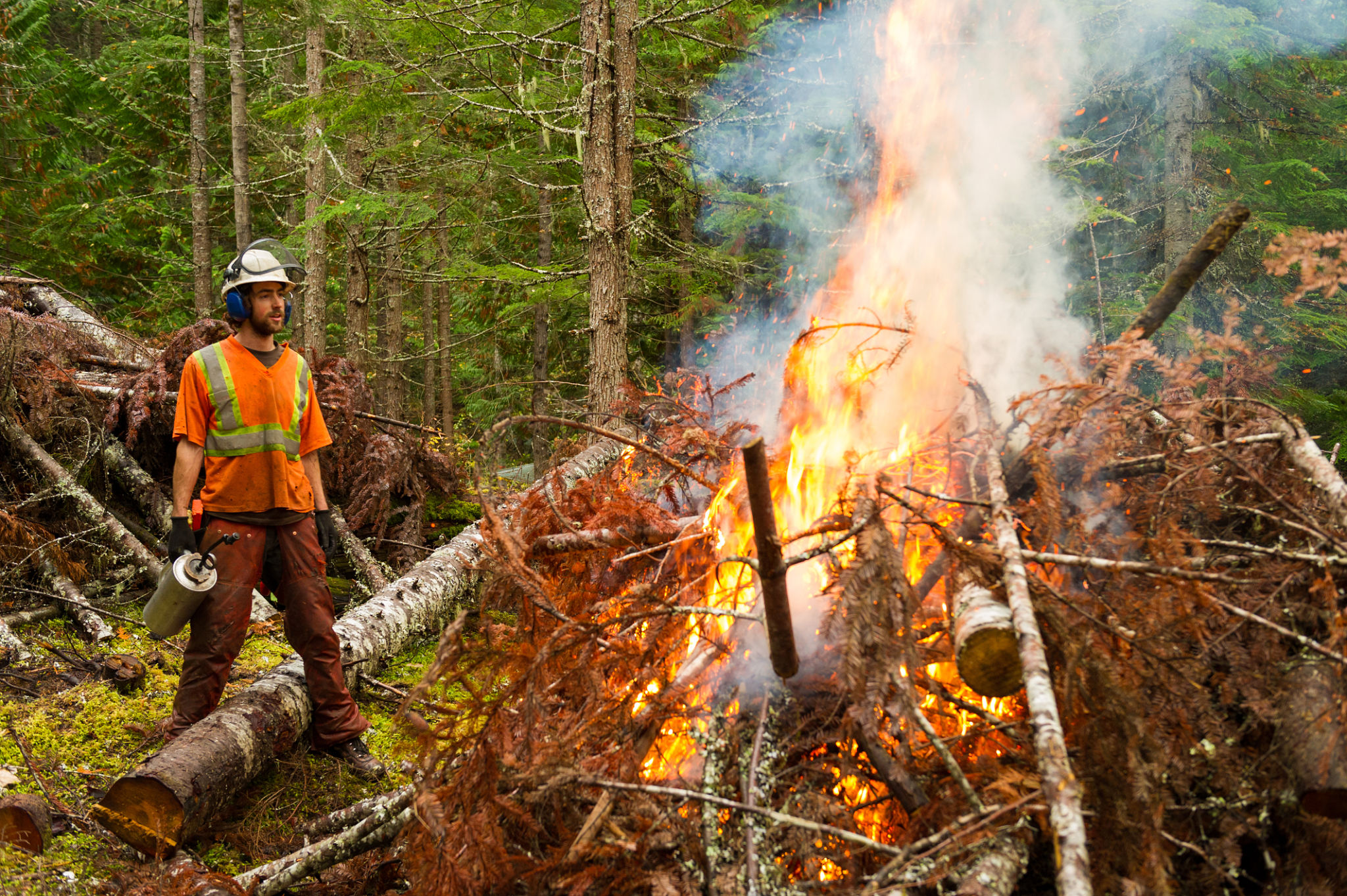Top Land Clearing Techniques for a Smooth Construction Process
Understanding Land Clearing
Land clearing is a critical first step in the construction process, setting the stage for a successful project. It involves removing trees, shrubs, and other vegetation, as well as rocks and debris, to prepare the land for building. Proper land clearing ensures that the site is safe, accessible, and ready for the next stages of construction.

Manual Land Clearing
Manual land clearing is a traditional technique that involves the use of hand tools such as chainsaws, axes, and machetes. While this method can be labor-intensive and time-consuming, it offers precision and control, making it ideal for small areas or projects where preserving certain trees or plants is important. It's also an environmentally friendly option, as it minimizes soil disturbance.
Mechanical Land Clearing
This technique utilizes heavy machinery like bulldozers, excavators, and skid steers to quickly and efficiently clear large areas of land. Mechanical land clearing is highly effective for large-scale projects, significantly speeding up the process. However, it's essential to consider the environmental impact and potential soil compaction caused by heavy equipment.

Chemical Land Clearing
Chemical land clearing involves the use of herbicides to kill unwanted vegetation. This method can be beneficial in areas where mechanical clearing is challenging or where specific types of vegetation need to be targeted. It's important to use chemicals responsibly to avoid environmental damage and to follow regulations and guidelines strictly.
Prescribed Burning
Prescribed burning is a land management technique that involves intentionally setting fire to vegetation under controlled conditions. This method helps in reducing dense plant growth and preparing the land for construction. Prescribed burning can be beneficial in maintaining the ecological balance but requires expertise to ensure safety and compliance with local regulations.

Factors to Consider in Land Clearing
Before deciding on a land clearing technique, several factors should be considered:
- Project Size: The size of the project will influence whether manual or mechanical methods are more appropriate.
- Environmental Impact: Assess the potential environmental effects of the chosen method and explore ways to mitigate them.
- Budget: Different techniques have varying costs, so it's crucial to align your choice with your budget constraints.
- Local Regulations: Ensure compliance with local laws regarding land clearing and environmental protection.
Choosing the Right Technique
The choice of land clearing technique will largely depend on the specific needs and constraints of your construction project. Combining different methods might offer the most efficient solution, balancing speed, cost, and environmental considerations. Consulting with experts can provide invaluable insights into selecting the most suitable approach.
By understanding and implementing the right land clearing techniques, you can ensure a smooth start to your construction process, laying the groundwork for successful project completion.